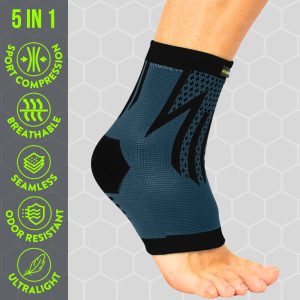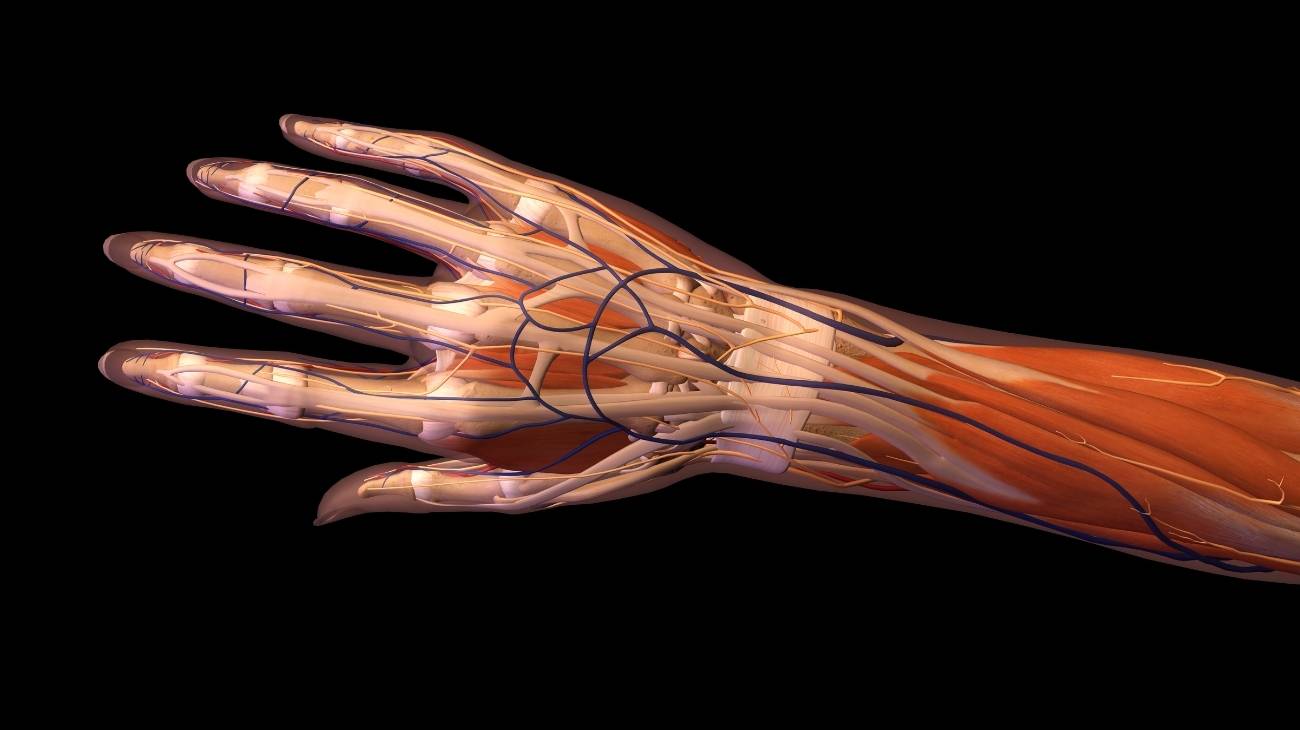The level of organisation of the human body ranges from atoms through molecules and tissues to organ systems. In turn, more than 90% of a person's body is made up of oxygen, carbon and hydrogen. Thus, the structure of the human being is made up of bones, joints, ligaments, tendons and muscles, among other elements.
For this reason, it is important to analyse the body according to each of its anatomical parts. This will make it easier to understand how this level of organisation works and what type of therapy to apply to each injury. Read on and you will find all the information you need.
Anatomy of the human body
Classification of the parts of the human body
According to the biological sciences, the human body can be classified according to its parts as follows:
Head
The head is the upper part of the human body in which the cavity containing the brain is located . It is formed by the skull, the bones of which have a synarthrosis type joint. That is to say, there is a thin membrane between each bone producing minimal movements.
In turn, the face contains the orbital cavity of the eye, providing muscles necessary for chewing, looking and breathing. This part of the body contains the 5 senses and the beginning of the digestive and respiratory systems.
The temporomandibular joint and the sphenomandibular and stylomandibular ligaments that hold the jaw to the skull are prominent in the face. The most frequent ailments are headaches, headaches and eye complaints. In the latter case, myopia and astigmatism are the most common conditions.
Complementary and non-invasive treatments applied to this part of the body are usually massages, acupressure and aromatherapy. The lower limit of the head is the neck and at the back, the nape of the neck (giving rise to the upper back or cervical spine).
Trunk
As mentioned above, the trunk begins at the upper back and below the face and extends to the groin area or lower hip. It is protected by the ribs, sternum and vertebrae, which join the spine. This sector can be subdivided in different ways. That is, whether the external or internal part of the human body is taken into account.
Starting with the first classification, on the front side of the trunk we find the back and the buttocks, while on the back side we find the thorax and the abdomen. It is important to mention that gluteal and lumbar contractures are one of the most common contractures in the human body
In the spine it is possible to find a large number of joints (one for each vertebra), which is why inflammations, herniated discs and sciatica are frequent ailments in this part of the body. Non-invasive treatments include cold-heat therapy, thermotherapy, cryotherapy and compression therapy
Extremities
The other part of the body into which the body can be divided is the limbs, which are responsible for a person's locomotor system. These in turn are subdivided into two upper and two lower limbs, with the arms and legs being the integral members of each sector.
It is also possible to make an internal and external classification of this part of the body, finding in the first selection the bones, a muscular structure, tendons, bursae and nerve roots. While in the second division it will depend on the type of limb we want to talk about.
- The upper extremities consist of the shoulder, arm, forearm, wrist and hand.
- The lower extrem ities are the legs, thigh, knee, calf, ankle and foot.
It should not be forgotten that the main purpose of the limbs is to ensure the movement and mechanical actions of the person. Therefore, the best treatments for ailments that occur in this area are compression therapy, massage and cold-heat treatment.
Best products for human body
Bestseller
References
- Widmaier, E. P., Raff, H., & Strang, K. T. (2006). Vander's human physiology (Vol. 5). New York, NY: McGraw-Hill. https://www.bme.ufl.edu/wp-content/uploads/2018/07/BME5401_Ormerod.pdf
- Pocock, G., Richards, C. D., & Richards, D. A. (2013). Human physiology. Oxford university press. https://books.google.es/books?hl=en&lr=&id=pSxYM5-PrmgC
- Guyton, A. C., & Hall, J. E. (2006). Medical physiology. Gökhan N, Çavuşoğlu H (Çeviren), 3. https://www.uvic.ca/ecs/ece/assets/docs/current/undergraduate/202005/bme201.pdf
- Gray, H. (1878). Anatomy of the human body (Vol. 8). Lea & Febiger. https://books.google.es/books?id=9zBKAQAAMAAJ
- Gray, H., & Goss, C. M. (1974). Anatomy of the human body. American Journal of Physical Medicine & Rehabilitation, 53(6), 293. https://journals.lww.com/ajpmr/Citation/1974/12000/Anatomy_of_the_Human_Body.7.aspx
- Frontera, W. R., & Ochala, J. (2015). Skeletal muscle: a brief review of structure and function. Calcified tissue international, 96(3), 183-195. https://link.springer.com/article/10.1007/s00223-014-9915-y
- White, T. D., & Folkens, P. A. (2005). The human bone manual. Elsevier. https://books.google.es/books?hl=en&lr=&id=ctMRLv6oA8wC
- Ruff, C. B. (2000). Body size, body shape, and long bone strength in modern humans. Journal of human evolution, 38(2), 269-290. https://www.sciencedirect.com/science/article/abs/pii/S0047248499903226







































